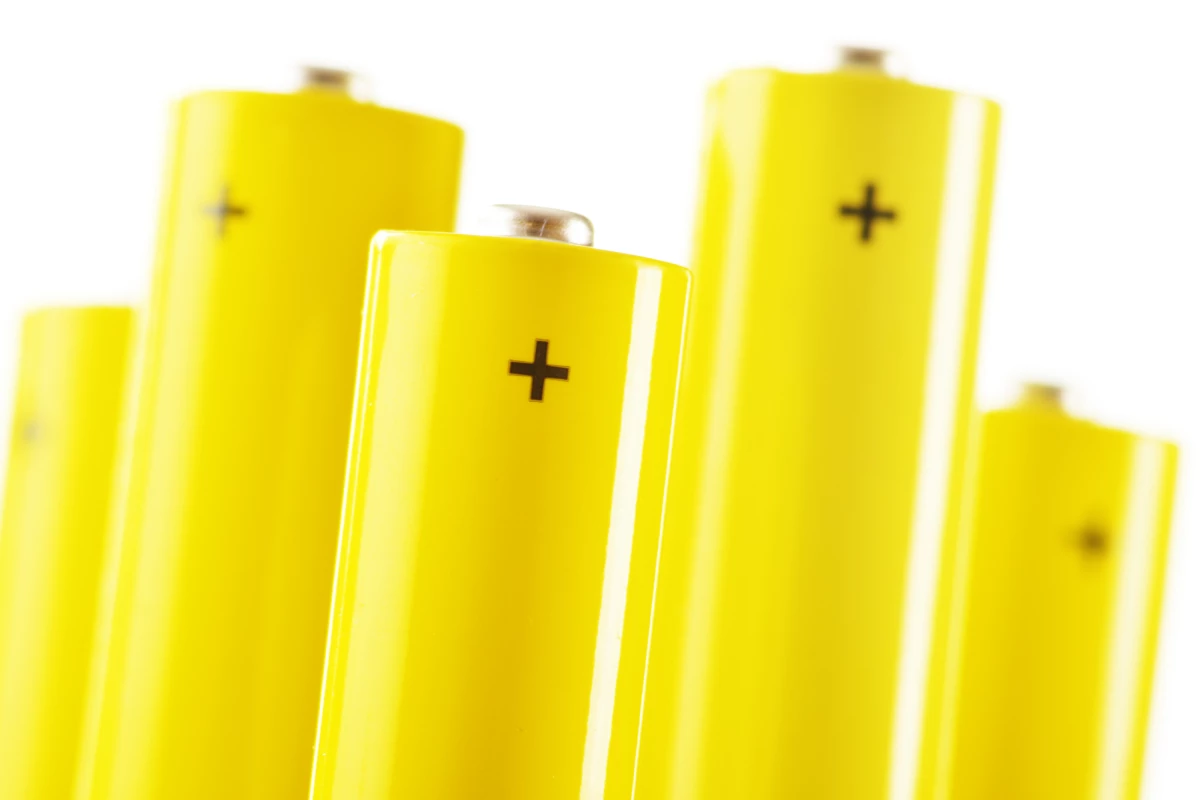By swapping out conventional materials for experimental ones scientists continue to make exciting advances in the performance of lithium batteries, and a team in Japan has just published research around a particularly promising one. The team's new design proved capable of holding its charge much more effectively than today's designs, a breakthrough that could translate to batteries that power electric vehicles and smartphones for far longer without degrading.
If you've ever had a smartphone for a couple of years and find yourself needing to place it on the charger more often than before, then you're familiar with the process of battery degradation. There are many moving parts inside a battery that contribute to this decline in performance, but the work carried out at Japan's Advanced Institute of Science and Technology centers on one in particular, known as the binder.
This material plays the important role of preserving the battery's graphite anode, one of its two electrodes, holding together its particles and keeping it in contact with the current collector. Today's binders for lithium batteries are made from poly(vinylidene fluoride) (PVDF), but the researchers have been pursuing alternatives and have uncovered what they believe to be a far superior solution.
The team's novel binder is made from a copolymer called bis-imino-acenaphthenequinone-paraphenylene (BP), which was put to the test as part of experimental half-cell batteries, protecting the anode and conjoining with the current collector. In doing so, the team observed a number of substantial performance gains, spearheaded by the ability to retain its capacity over many charging cycles.
"Whereas a half-cell using PVDF as a binder exhibited only 65 percent of its original capacity after about 500 charge-discharge cycles, the half-cell using the BP copolymer as a binder showed a capacity retention of 95 percent after over 1,700 such cycles," says Professor Noriyoshi Matsumi, who led the research.
According to the team, this is the result of better mechanical stability and adherence to the anode and current collector. The BP material is also more conductive and thinner than the PVDF used today, and doesn't react as easily with the electrolyte, contributing to the longer lifespan. Microscopic images of the binder revealed only tiny cracks after its 1,700 cycles, compared to imagery of the PVDF binder, which exhibited large cracks after only 500 cycles.
The design requires a lot more work before we see it make its way into electronic devices, but the team imagines it one day serving a variety of applications including longer-lasting smartphones, electric vehicles and artificial organs.
"The realization of durable batteries will help in the development of more reliable products for long-term use," says Matsumi. "This will encourage consumers to purchase more expensive battery-based assets like electric vehicles, which will be used for many years."
The research was published in the journal ACS Applied Energy Materials.




